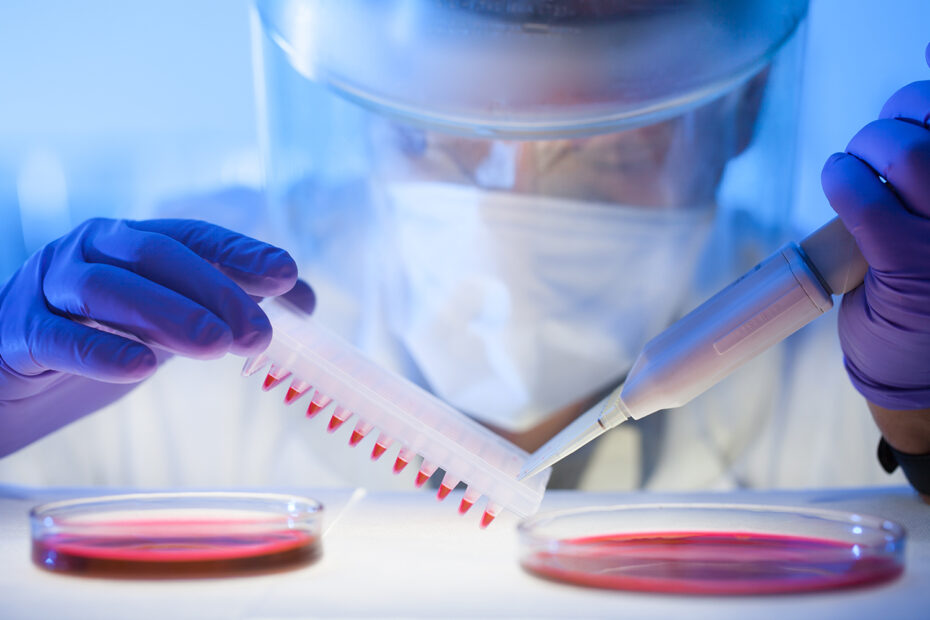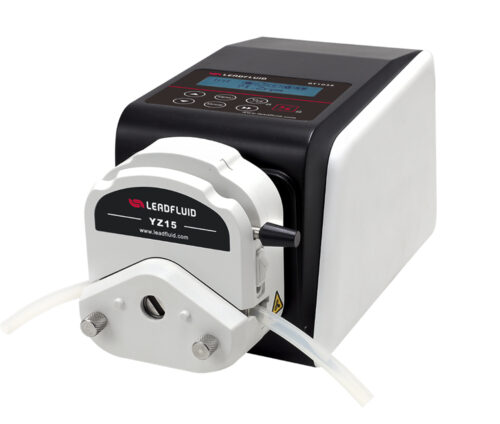The connection between the Lead Fluid peristaltic pump and the laboratory has a long history. Today, let’s walk into the laboratory and see what job responsibilities peristaltic pumps can undertake in the laboratory~
1. Chromatography
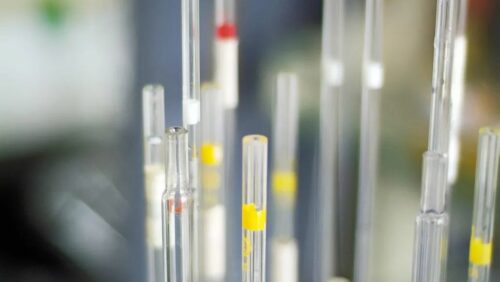
Chromatography is a type of mixture separation technology that has wide applications in analytical chemistry, organic chemistry, biochemistry, and other fields. Chromatography can be applied to the determination of protein molecular weight, protein separation and purification, polysaccharide molecular weight determination, polysaccharide separation and purification, etc. Chromatography generally uses equipment such as chromatography columns, detectors, collectors, and peristaltic pumps.
In natural conditions, limited by the permeation rate of the liquid in the chromatographic column, it is necessary to use appropriate external pressure to enhance the permeability of the liquid, while also ensuring that there is no cross contamination during the liquid transportation process. The Lead Fluid peristaltic pump can provide a certain amount of fluid pressure, allowing the fluid to smoothly pass through the chromatography column with high resistance (the smaller the pore size of the packing, the greater the resistance); It can enable the fluid to pass through the chromatographic column with high flow accuracy to achieve the expected chromatographic effect. The Lead Fluid peristaltic pump has low shear force, which can reduce the destructive effect on the active components in the solution when pumping large molecule solutions such as proteins.
2. Culture Medium
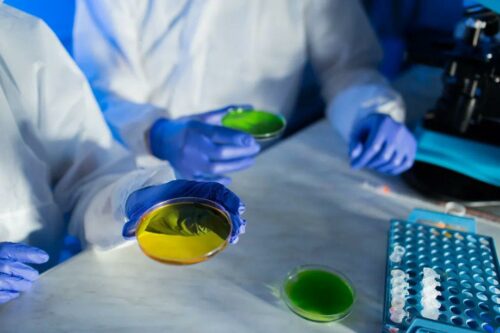
Culture medium refers to a nutrient matrix prepared by combining different nutrients for the growth and reproduction of microorganisms, plants, or animals (or tissues). It can provide basic substances for cell nutrition and cell proliferation, as well as a living environment for cell growth and reproduction.
During the manufacturing and transportation of the culture medium, measurements need to be made according to different proportions and strict accuracy requirements are required. The Lead Fluid peristaltic pump can precisely meet these requirements and is widely used in laboratories, not only for medium manufacturing, but also as a good partner for medium sampling, medium packaging, and so on. The Lead Fluid peristaltic pump has a wide flow range and high transmission accuracy. Equipped with functions such as timed measurement, allocation of times, and timed start stop. When the peristaltic pump transports the culture medium, the medium only comes into contact with the hose. It can ensure that the liquid is not affected by the pump body during transportation, and the cleanliness index is higher.
3. Tissue Perfusion
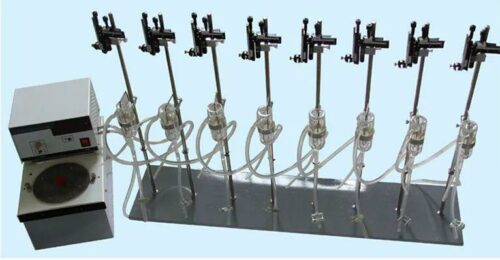
Tissue perfusion is one of the experimental methods used by medical colleges and research institutions for pharmacological or physiological research. For example, when studying the distribution area of neurons in isolated brain tissue, in order to ensure the physiological activity of the isolated tissues or organs during the experiment, it is necessary to continuously transport oxygen containing culture medium to the isolated tissues or organs, which is called tissue perfusion.
In vitro tissues or organs require the delivery of external nutrient solution to maintain their activity. The Lead Fluid peristaltic pump can set the rated flow rate and total delivery volume to continuously input nutrient solution into the perfusion tank, ensuring that the tissues or organs can be in good physiological condition. At the same time, the waste liquid after irrigation can also be discharged in a timely manner through a peristaltic pump to maintain a balance in the nutrient solution inventory in the irrigation tank. The Lead Fluid peristaltic pump has reliable quality and stable performance, which can ensure the rapid replacement of perfusion fluid in the perfusion tank, maintain the good physiological state of isolated tissues and organs, and facilitate the smooth progress of related experiments.
After these three applications, I believe everyone can get the advantages of peristaltic pumps. To summarize, the Lead Fluid peristaltic pump has the advantages of low shear force, high transmission accuracy, high cleanliness, and stable performance, making it a trustworthy partner in the laboratory.
